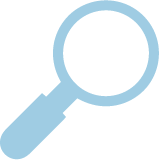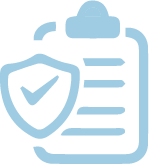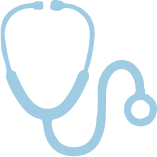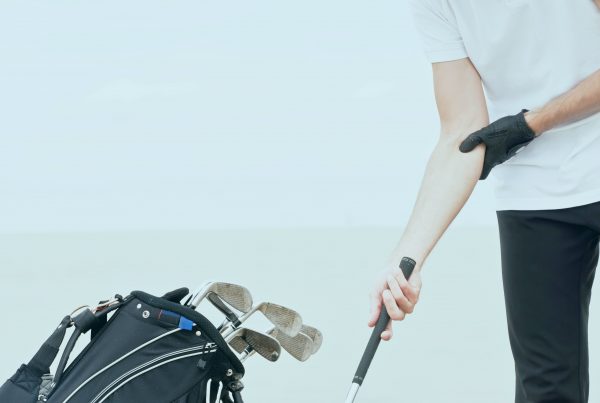What is Golfer´s Elbow?
Clinically known as medial epicondylitis, it presents with pain and tenderness on the medial epicondyle, the bony knob on the inside of your elbow – little finger side. This injury is not as common as tennis elbow and is more prevalent around age 40 +, equally affecting males and females.
GOLFER´S ELBOW SYMPTOMPS
You may experience some or all the following:
- Pain on outside of forearm around elbow
- Tenderness at bony bump, sometimes swelling
- Worse for bending, lifting, griping, twisting, turning handles
- Difficulty to extend arm
- Usually unilateral
GOLFER´S ELBOW CAUSES
Overuse of muscles around forearm that let you grip, rotate, flex. Tendons attaching to bones at the elbow are strained and subject to tears due to constant tugging from flexing, gripping, swinging. Initially inflammation is present.
- Sporting activities: golf, tennis, bowling, basketball (pitching) archery
- Non sporting activities with repeated stress: using tools, screwdrivers, hammers, raking, painting, carpentry, plumbing etc.
- Repetitive movements > 2 hours
- Loads > 20 kg
GOLFER´S ELBOW DIAGNOSES
The most common tests to diagnose Golfer´s Elbow are:
First approach:
- what symptoms you’re experiencing
- when they started
- how long you’ve had them
Imagery test
- an X-ray
- a MRI scan
- an ultrasound scan
GOLFER´S ELBOW TREATMENTS
Home Treatment
This condition can take weeks or months to settle. You can play an active part in speeding up your recovery:
- Avoid the strenuous pain triggering activity and overuse
- Activity modification
- Rest for a few days
- Ice cubes in cling film/thin towel around the lateral epicondyle only, 20 min every 3 hrs 3 days
Hand on treatment
There are a few studies on golfer’s elbow. The following treatment have been proved to help:
- Elbow strap to create a false attachment site so tendons are not strained at their anatomical attachment and allowed to rest and heal
- Stretching and strengthening arm and wrist
- Manual therapy mobilisation, massage, mobility exercises, eccentric exercises three times a day 1-3 months as soon as pain allows
- Therapeutic ultrasound
- Physiotherapy and Osteopathy: manipulation to improve range of movement, often the joint is restricted so the muscles have to work harder and from a disadvantaged position
Return to activity gradual when:
- Pain free in all range of movement
- Pain free load bearing on arm
- No swelling
- Don´t forget to check racquet strings, head, too heavy or too large, golf club and technique
We can help you!

DIAGNOSE

CONDITIONS

TREATMENTS
Treatments that can help
Here are some treatments that can help with Golfer´s Elbow:
- Massage (Soft Tissue)
Help decompress the nerve impingement due to tight muscles - Osteopathy
Helps restore normal movement due to misalignment and decompress nerve impingement - Physiotherapy/Sports Therapy
Helps stabilise weak areas and restore normal movement - Acupunture
Helps to loosen up the tissue decompress the nerve impingement in tight muscles



